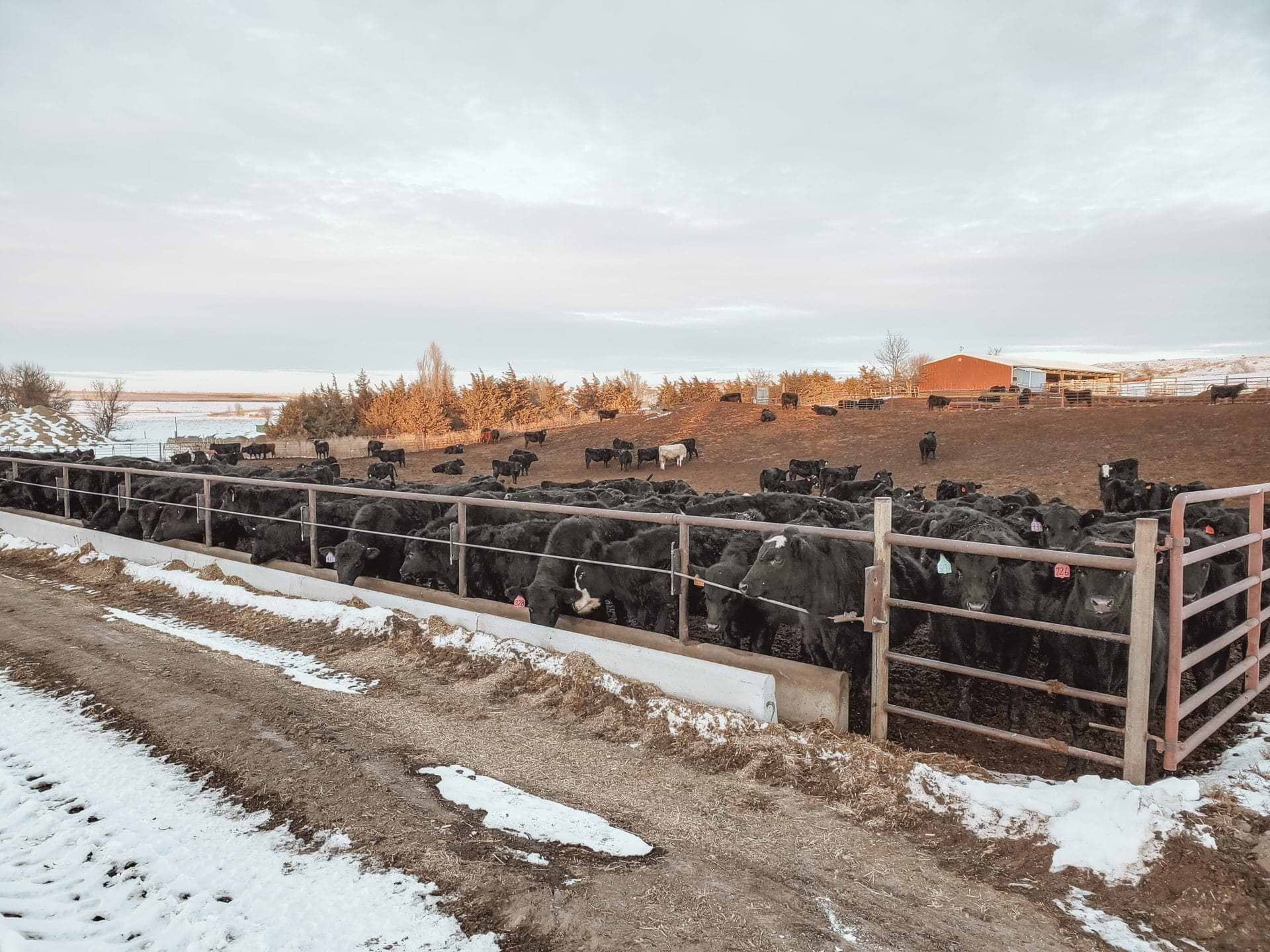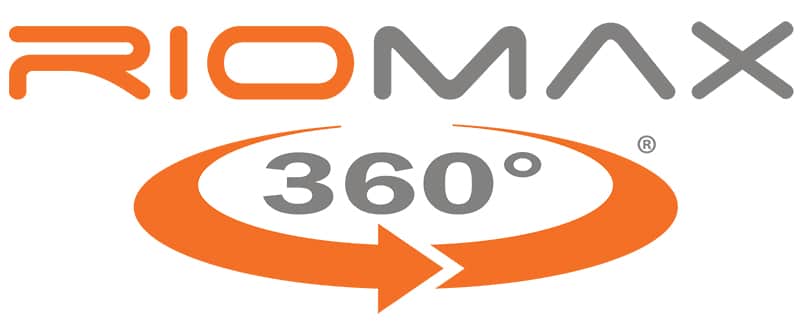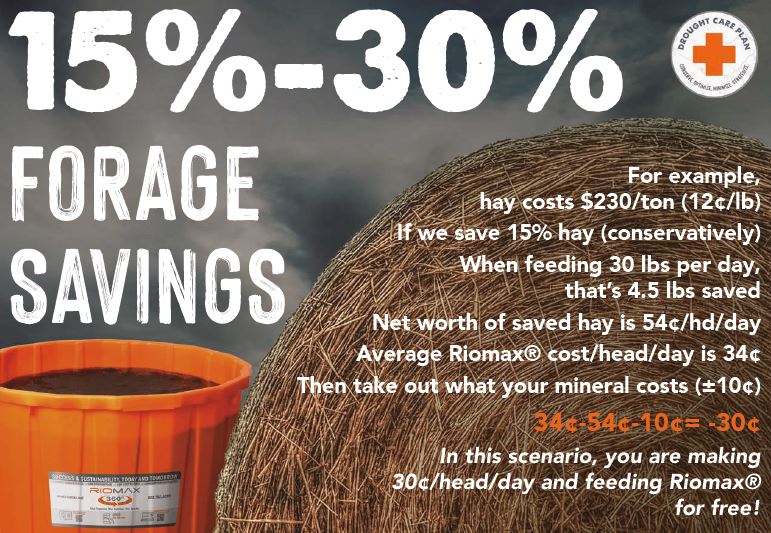Last updated on October 4th, 2023 at 02:10 pm
If what goes up will always come down, then what goes down will come back up. That, in simple terms, is how Dr. Alfredo DiCostanzo, a ruminant nutritionist at the University of Minnesota, views the cattle market. And it’s why he suggests that cow-calf producers find ways to keep as many cows as they can.
Cattle inventories are beginning to decline and he expects feeder cattle prices to continue working higher. “Will the drought or some other thing push it back?” he asked participants tuned in to a Riomax® webinar on how to save hay during a drought. “Likely,” he answered. “But it’s about to come back. If you want to be part of that, then let’s think about this with an open mind.”
Dry Lotting Cows
One idea, if hay and pastures are short, is to consider dry lotting. And, he told webinar participants, if you’re not set up to dry lot cattle already, you’re better off to rent pen space from an operation that is.
“Why? Because somebody else may worry about facilities, water, the mixer, oversight at a minimum cost. Don’t get caught trying to dry lot your own cows if that’s not what you’re doing on a daily basis.” That’s because space, labor, feed storage, and all the other things that come along with that production model could get burdensome.
If dry lotting isn’t a consideration, look at alternative feeds. Given the price of hay, alternative feeds supplemented with Riomax® could be a cheaper option.

Cattle Feed Alternatives
He said a 1,500-pound cow needs more than 21 pounds of as-fed intake just to maintain herself. Anything above that goes to grow the fetus and maintain body condition.
- Calculating hay at $200 per ton, that’s $2.10 per day per cow for maintenance
- Then he looked at corn silage at $60 per ton. The cost to maintain a cow is $1.15 per day
- Corn grain at $6 per bushel, so $1.31 per day
- Oats around $3 per bushel, around $1.42 per day
Not everyone will have these options. These are just reference points, he reminded webinar viewers, meant to show that it could very well pay to put a pencil to your winter feed needs. “If you want to be around the next four to five years and hay has gotten out of range, you have options. Because when hay becomes really expensive, there are many other products that are good substitutes.”
But what if hay is the best option for you? That’s where supplementing with Riomax® is a good idea, he said.
Feeding Hay + Riomax®
Based on his research with Nutrizorb®, one of the key ingredients in Riomax®, DiCostanzo discussed feeding hay at 52% digestibility. “For a 1,200-pound cow, we need 18.5 pounds (just for maintenance) For that 1,600-pound cow we will need 23 pounds.”
When he added Riomax® to the feeding regimen, hay intake went down. “So instead of needing 18.5 (pounds for a 1,200-pound cow), we now need 16.8. The 1,600-pound cow now needs 20.9.”
What’s more, the same effect can be seen using other feedstuffs. Let’s assume a cow needs 10 megacalories per day for maintenance and the hay is contributing 4 megacalories. You’ll need to add additional feed.
“If I’m using corn at the regular TDN of 88%, I’m going to need 7.7 pounds per day. But if I’m feeding Riomax®, that will come down to 7.2. So now I’m saving about half a pound of corn per head per day,” he said.
“Do you want to keep your herd around so that you’re around when feeder prices are back up in a reasonable range where you may be able to make a profit?” he asked rhetorically. If your answer is yes, then it’s time to start thinking a little differently.



